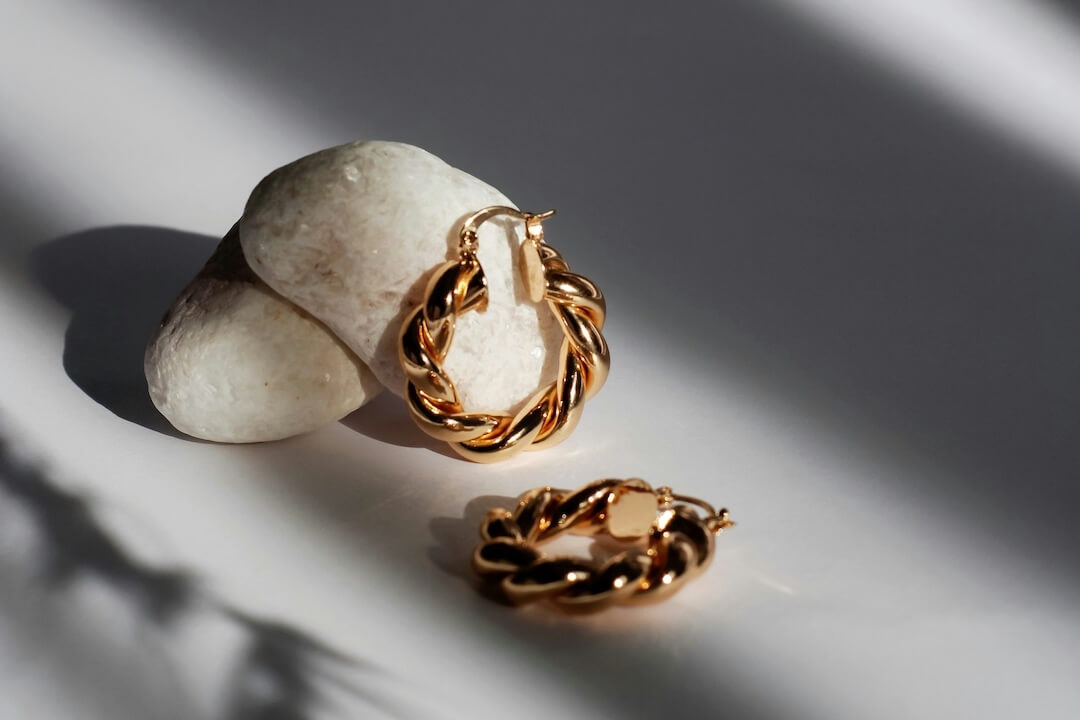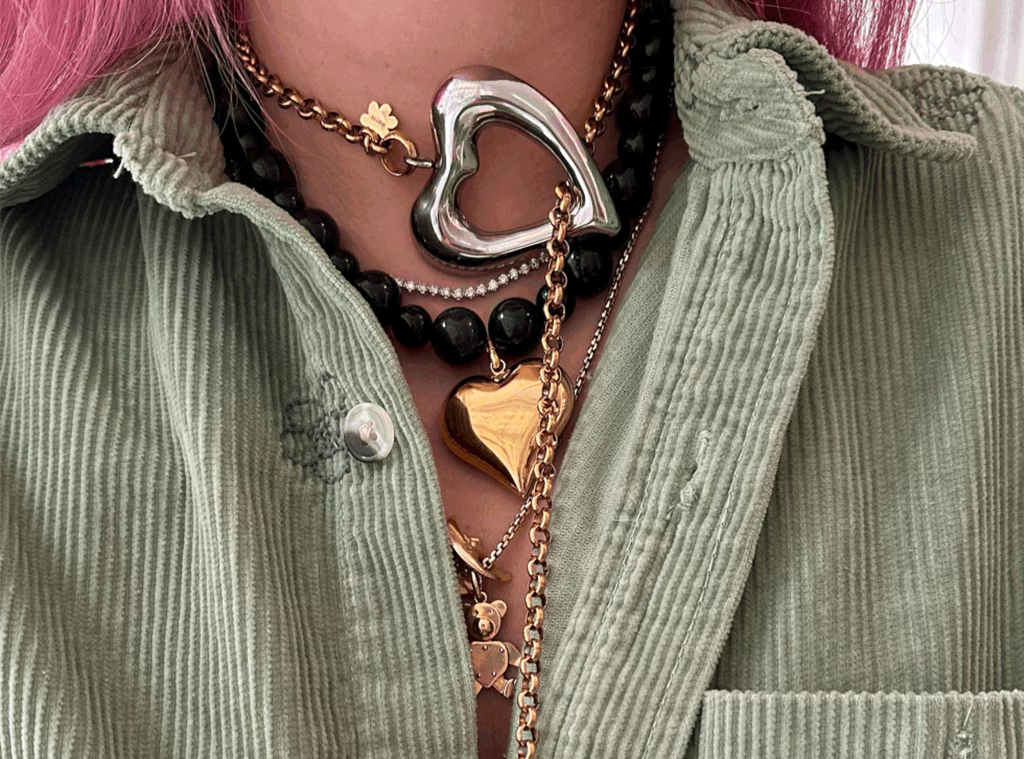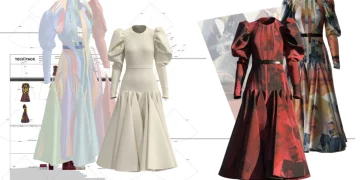Jewelry has always been more than just adornment. From ancient civilizations to modern fashion runways, it serves as a symbol of wealth, love, status, and personal expression. Yet in recent decades, the jewelry industry has faced growing scrutiny over its environmental, social, and ethical impact. With the rise of conscious consumerism, many investors and collectors are asking: Is it time to invest in ethical jewelry?
In this article, we explore the evolving landscape of ethical jewelry, the reasons behind its growing popularity, its financial potential, and the key considerations for both buyers and investors. Whether you are a seasoned investor, a fashion-conscious buyer, or simply curious about sustainability trends, this comprehensive guide will provide insights grounded in research, industry expertise, and market trends.
What Is Ethical Jewelry?
Ethical jewelry, sometimes called sustainable or responsible jewelry, refers to pieces that are sourced, produced, and marketed in a way that prioritizes environmental protection, social responsibility, and transparency. Unlike conventional jewelry, which may rely on practices that exploit labor or degrade the environment, ethical jewelry aims to minimize harm and maximize positive impact.
Key pillars of ethical jewelry include:
- Conflict-Free Sourcing: Materials such as diamonds, gold, and gemstones are mined without funding wars, exploiting labor, or violating human rights. The Kimberley Process is one prominent initiative aiming to certify conflict-free diamonds.
- Fair Labor Practices: Artisans and miners receive fair wages and work in safe conditions, often with initiatives that support community development.
- Environmentally Conscious Mining and Production: Reducing carbon footprint, recycling metals, and avoiding toxic chemicals in the extraction and crafting process.
- Transparency and Traceability: Consumers can trace the journey of a piece from mine to market, giving confidence that their purchase aligns with ethical values.
The appeal of ethical jewelry is not purely moral. Increasingly, it represents a strategic investment as consumer demand for responsibly sourced products grows.
Why Ethical Jewelry Matters Now More Than Ever
1. Environmental Concerns
Traditional mining for gold and gemstones has long been associated with deforestation, water pollution, and ecosystem destruction. For instance, gold mining can release mercury and cyanide into rivers, harming wildlife and communities. As awareness of climate change and environmental degradation rises, consumers are prioritizing sustainable practices.
Ethical jewelry brands often adopt recycled metals, lab-grown diamonds, and responsible mining protocols, reducing environmental damage and aligning with global sustainability goals.
2. Social Responsibility
From unsafe working conditions in mines to child labor in gemstone sourcing, the jewelry industry has faced decades of criticism. Ethical jewelry ensures that human rights are respected and that communities benefit economically. Supporting these practices aligns with the growing societal expectation that luxury should not come at the expense of human dignity.

3. Changing Consumer Behavior
Millennials and Gen Z are reshaping consumer markets with values-driven purchasing. Research shows that younger buyers are willing to pay more for products that are ethical, sustainable, and transparent. This shift not only drives market growth but also makes ethical jewelry a more secure long-term investment.
The Rise of Lab-Grown Diamonds and Sustainable Gemstones
One of the most fascinating trends in ethical jewelry is the rise of lab-grown diamonds. These stones are chemically identical to natural diamonds but avoid the environmental and social costs associated with mining.
- Cost-Effectiveness: Lab-grown diamonds can be 20-40% cheaper than mined diamonds of equivalent quality.
- Sustainability: They drastically reduce environmental impact, as no mining is required.
- Consumer Acceptance: Increasingly, buyers are embracing lab-grown diamonds as ethical, modern alternatives.
Other sustainable gemstones include sapphires, emeralds, and rubies sourced from certified mines or grown in laboratories. These innovations expand ethical jewelry beyond just gold and diamonds.
Investing in Ethical Jewelry: Financial Potential
The question for investors is whether ethical jewelry can offer financial returns comparable to traditional luxury jewelry. The answer appears increasingly positive.
1. Rising Market Demand
According to market research, the global ethical jewelry market is projected to grow at a compound annual growth rate (CAGR) of 10-12% over the next decade. Major luxury brands, including Tiffany & Co., Chopard, and Cartier, are incorporating ethical collections, signaling strong industry endorsement.
2. Brand Value and Resale
Ethical jewelry often carries a premium due to its sourcing transparency and social impact. Collectors and resale markets are showing growing interest in pieces with verifiable ethical credentials. Lab-grown diamonds, in particular, are gaining acceptance in secondary markets, and gold from certified responsible sources can maintain value comparable to traditional gold.
3. Portfolio Diversification
Investing in ethical jewelry can complement traditional asset classes. Unlike stocks or bonds, jewelry is tangible, portable, and not directly correlated to financial markets. Moreover, ethically sourced pieces may enjoy enhanced long-term value as demand for responsible luxury continues to rise.
How to Evaluate Ethical Jewelry Before Investing
1. Certification and Verification
Look for jewelry certified by recognized standards:
- Fairmined Gold: Ensures gold is responsibly mined with social and environmental standards.
- Kimberley Process: Certifies diamonds are conflict-free.
- Responsible Jewellery Council (RJC): Promotes responsible sourcing across supply chains.
2. Traceability
Ethical jewelry should provide a clear chain of custody from mine or lab to the retail counter. Transparent supply chains reduce the risk of supporting exploitative practices and enhance resale value.
3. Brand Reputation
Leading brands that prioritize sustainability often invest in research, community programs, and eco-friendly practices. Evaluate both the company’s public reports and independent reviews to gauge authenticity.
4. Longevity and Design
From an investment perspective, timeless design matters. Ethical jewelry that combines aesthetic appeal with quality craftsmanship is more likely to retain value over time.
Ethical Jewelry as a Statement: More Than Just Investment
Purchasing ethical jewelry is also a lifestyle choice. It signals conscious consumerism and a commitment to social and environmental responsibility. Wearing ethically sourced diamonds or recycled gold is not only stylish—it communicates values.
Celebrities, influencers, and socially conscious collectors are increasingly endorsing ethical jewelry, further boosting its visibility and desirability. The market is shifting from luxury for status alone to luxury with purpose.
Risks and Considerations
While ethical jewelry is promising, investors should consider potential risks:
- Market Liquidity: High-end pieces may not always sell quickly, particularly in niche segments.
- Certification Confusion: Not all certifications are equal; some lack rigorous verification, potentially misleading buyers.
- Resale Uncertainty: Lab-grown diamonds, while increasingly accepted, may have unpredictable long-term resale value compared to natural stones.
- Price Premiums: Ethical sourcing can increase costs, meaning initial investment may be higher than traditional alternatives.
By understanding these risks and carefully selecting pieces with transparent provenance, investors can mitigate uncertainties and enjoy both financial and ethical benefits.
Future Trends in Ethical Jewelry
Several trends suggest that the ethical jewelry market will continue to expand:
- Blockchain for Traceability: Blockchain technology enables consumers to track a gem’s journey from mine to market. Companies like De Beers and Everledger are pioneering this approach.
- Circular Jewelry Economy: Recycling and repurposing precious metals and gemstones reduce environmental impact and provide new investment opportunities.
- Customization and Personalization: Consumers are increasingly seeking unique, story-driven pieces, encouraging brands to blend creativity with ethics.
- Global Regulatory Pressure: Governments and NGOs are pushing for stricter regulations in mining, labor practices, and environmental impact, reinforcing the importance of ethical jewelry.
These developments make ethical jewelry not only a moral choice but also a potentially strategic investment in a changing luxury market.
Case Studies: Brands Leading the Ethical Jewelry Movement
1. Tiffany & Co.
Tiffany & Co. has pioneered traceable diamonds and sustainable gold sourcing. Their commitment to ethical practices has strengthened brand loyalty and boosted investor confidence.
2. Chopard
Chopard’s “Journey to Sustainable Luxury” initiative ensures that all gold used is certified ethical. This has enhanced both the brand image and the market value of their pieces.
3. Brilliant Earth
A company focused entirely on ethically sourced jewelry, Brilliant Earth combines lab-grown diamonds with recycled metals, appealing to younger, socially conscious consumers.
4. De Beers
De Beers has invested heavily in blockchain tracking and conflict-free diamond sourcing, reinforcing transparency and building long-term market trust.
Conclusion: The Right Time Is Now
The convergence of environmental awareness, social responsibility, and conscious consumerism has created a unique opportunity for both buyers and investors. Ethical jewelry is no longer a niche or alternative; it is rapidly becoming the standard in luxury markets.
Investing in ethical jewelry offers multiple benefits:
- Tangible assets with enduring value
- Alignment with personal and societal values
- Participation in a growing, high-demand market
While careful evaluation is crucial to avoid pitfalls, the long-term potential of ethical jewelry—financially, socially, and environmentally—is compelling.
In short, if you are seeking an investment that combines aesthetic appeal, ethical integrity, and potential financial returns, ethical jewelry is worth serious consideration. The industry is evolving, and early adopters are likely to benefit from both profit and purpose.

















































